On my last Sunday on Lolland, Denmark, before my two-month-long summer break back in 2022, I hopped on an old steam train, taking me from the cathedral town of Maribo to the small town of Bandholm on the north coast. A drive that would usually take ten minutes by car became a 30-minute ride through Lolland’s idyllic rural landscapes.
The railway between Maribo and Bandholm was inaugurated in 1869 as Denmark’s first private railway to support Bandholm’s grain shipping port, which at the time was the third largest in Denmark. The station in Bandholm was built the same year and included an office, waiting rooms, reception, mail and telegraph office, storage room and accommodation for the operations manager. Two steam trains served the route, transporting not only passengers, but also freight from the harbour in Bandholm to the factories in Maribo. Until the 1960s, the railway was busy with frequent freight traffic, however, passenger traffic dwindled as cars became increasingly common, and in 1952, the last passenger train ran. Four years later, the station in Bandholm was converted into a bus station. However, freight traffic continued until 1999, though it slowly dwindled as Bandholm lost its importance as a port town.
In 1962, a group of train enthusiasts gained permission to run a “museum train” on the railway, breathing new life to the old steam trains. In 2018, Museumsbanen (‘the museum railway’), as it’s called today, officially became a veteran railway, although the summer traffic is ever busy, thanks to enthusiastic volunteers who keep the tradition alive every summer.
A conductor in traditional attire sold me a return ticket, and I found my way to the only open carriage on the train. I wanted to have as good a view as possible, and to be able to smell the sweetness of summer as we puffed along, ever so slowly out of Maribo and into the dark Merritskov forest.
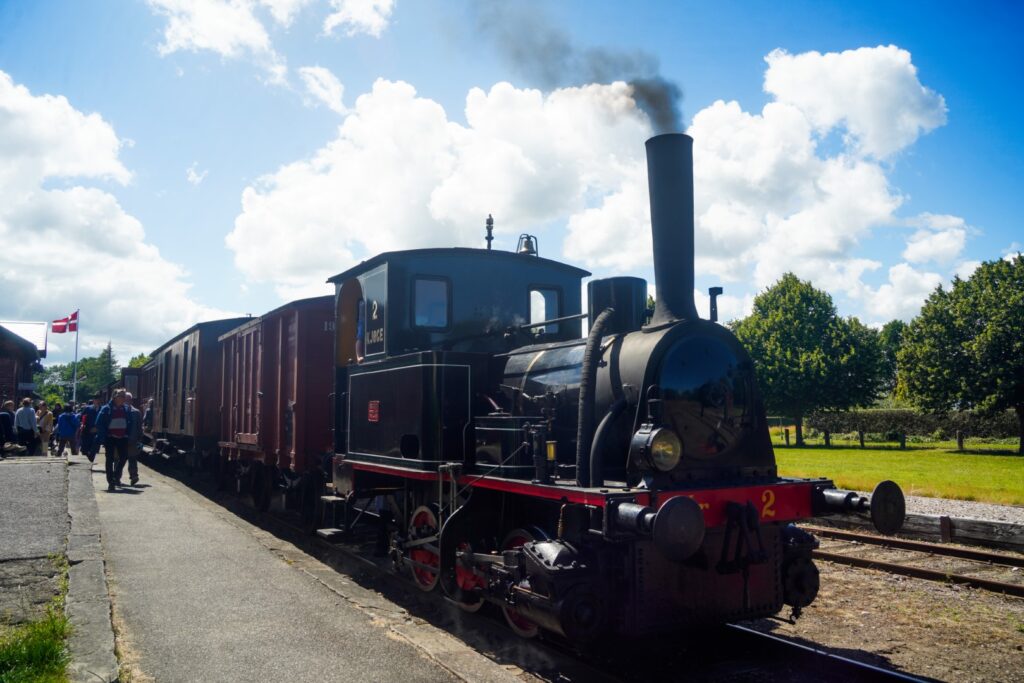
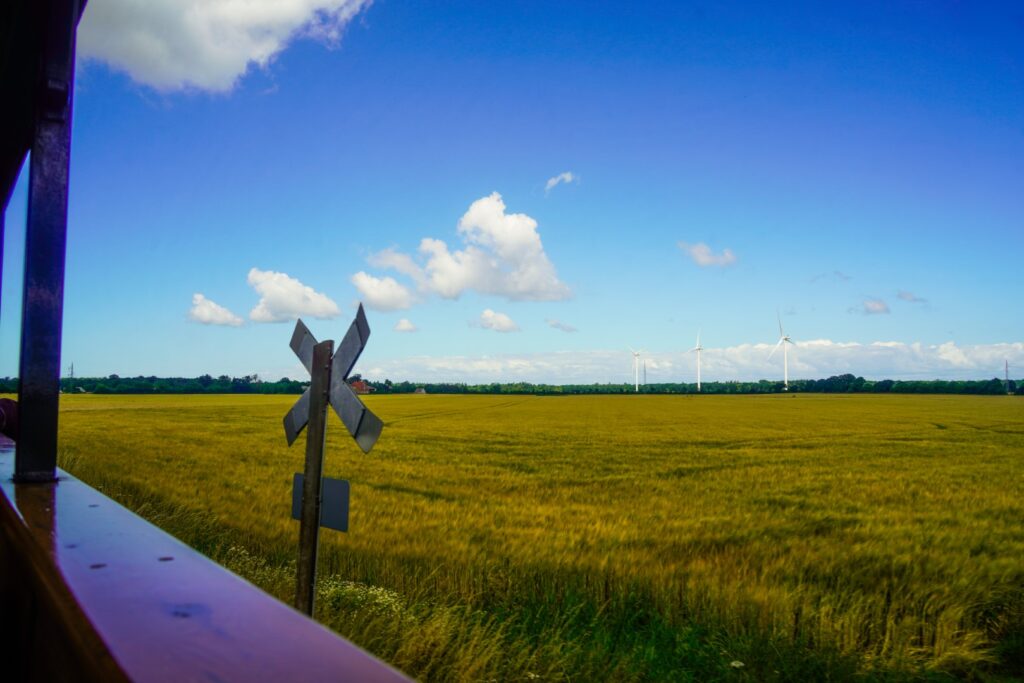
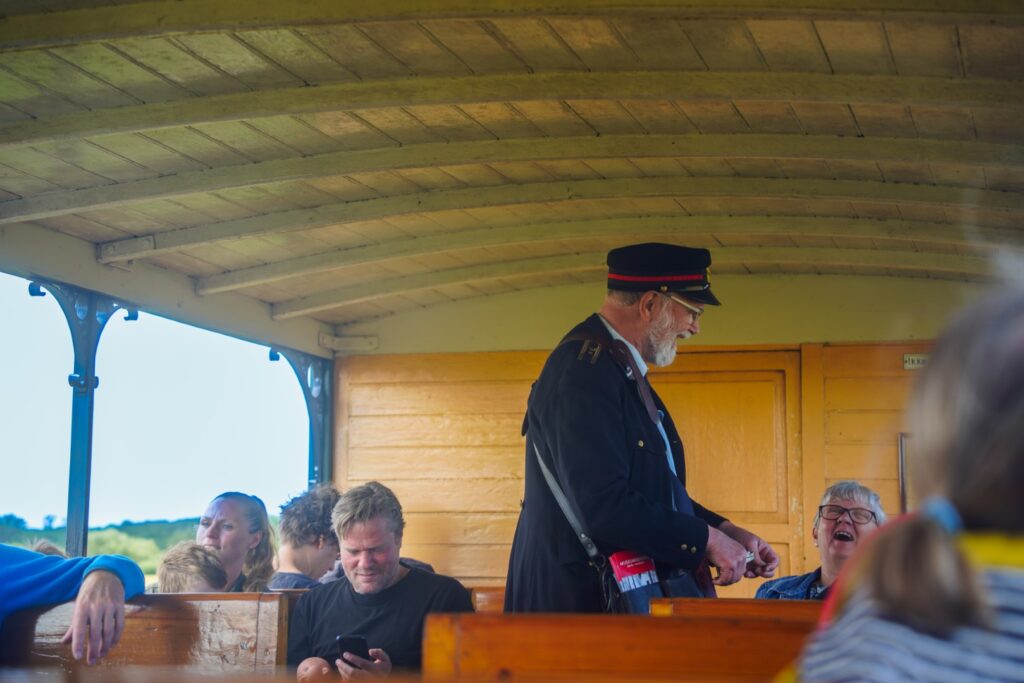
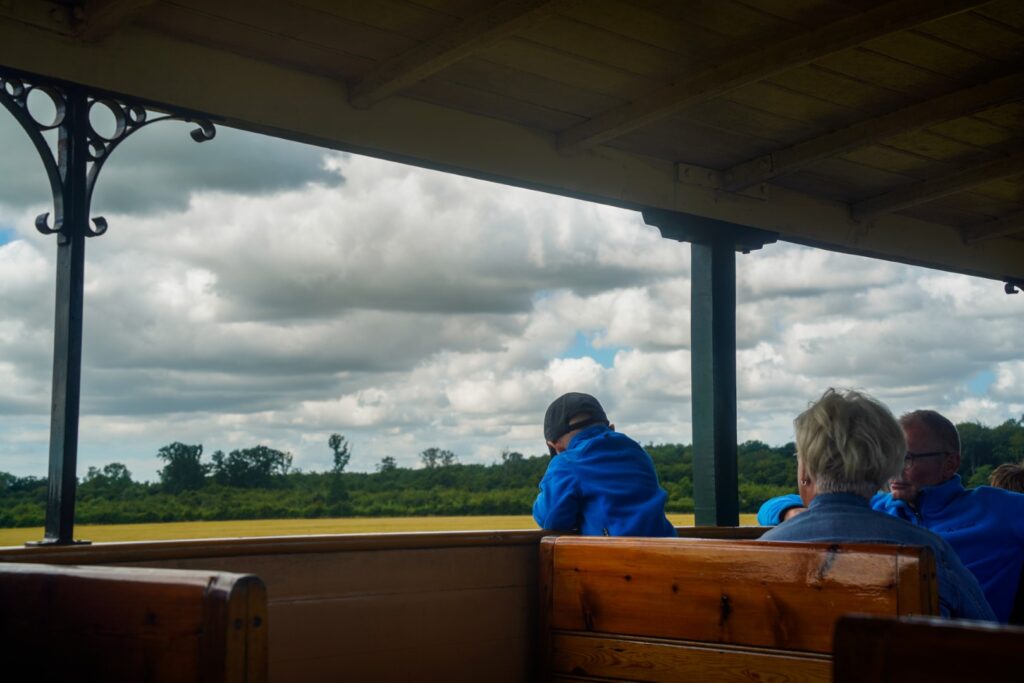
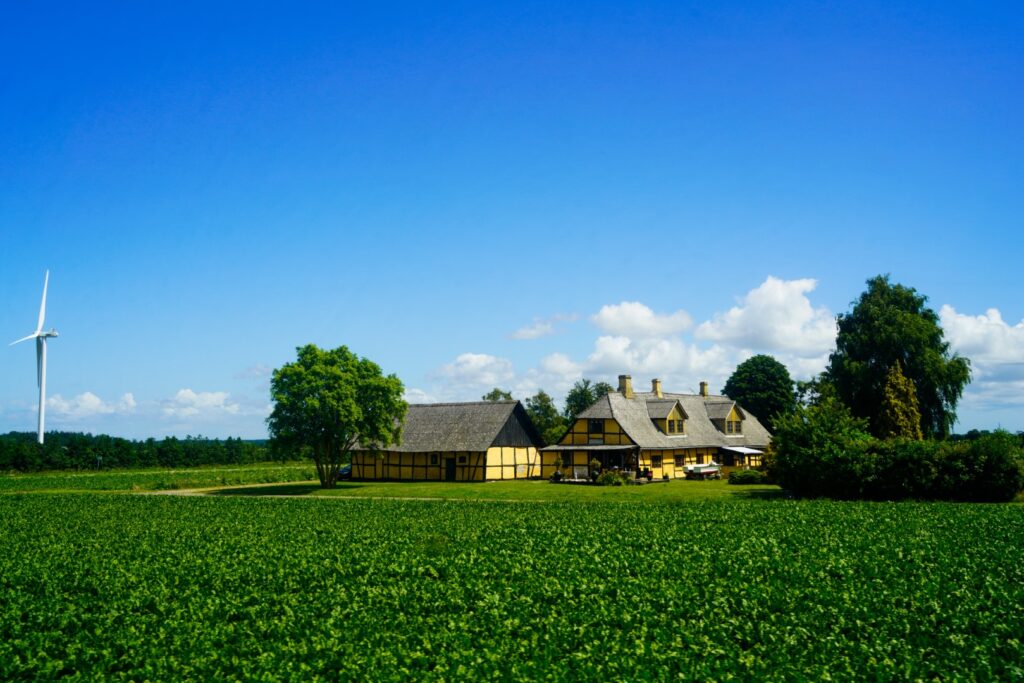
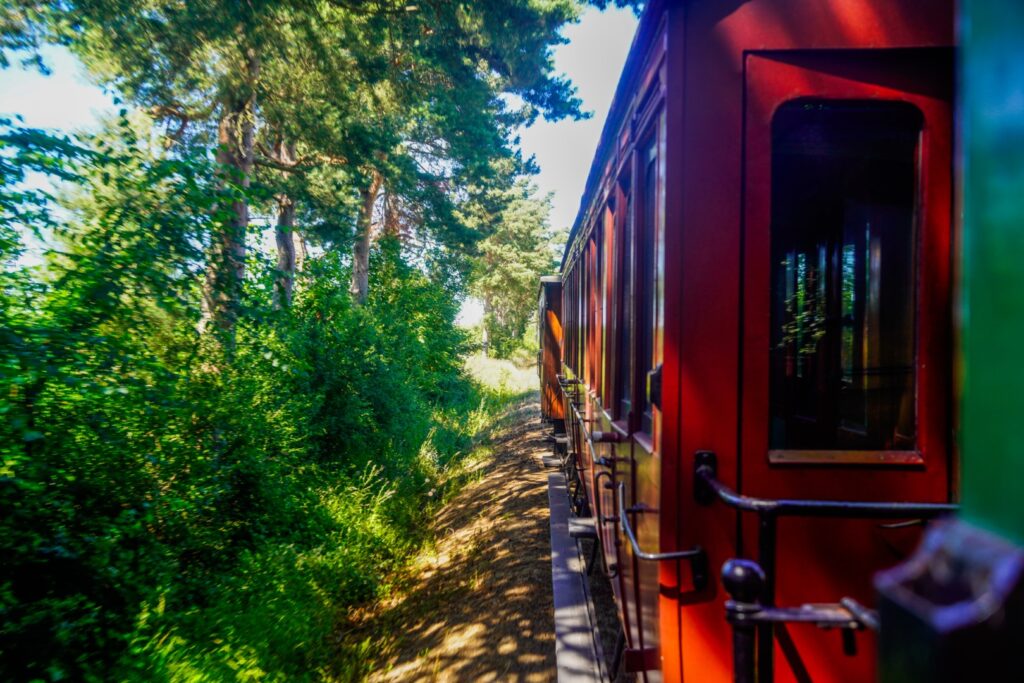
It wasn’t long until we reached the station in Bandholm. I was thrilled to see that it has been preserved in its original state; even the interior decoration seems frozen in time!
The train made a quick stop at the station before continuing the last short distance to the harbour. There, we were told there would be a 15-minute stop before turning back. Not realizing that the train would stop for another twenty minutes at the station on the way back, I decided to walk back along the train tracks and explore the station while waiting for the train to return. Turns out it was a good idea, as it gave me time to visit all the station buildings alone before the rest of the passengers arrived!
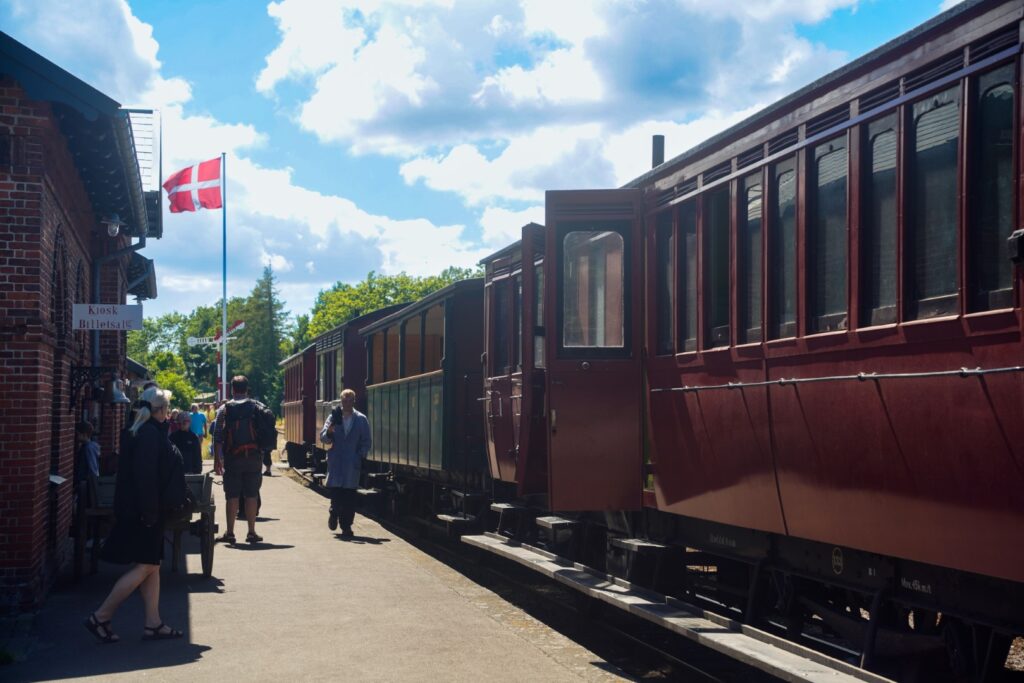
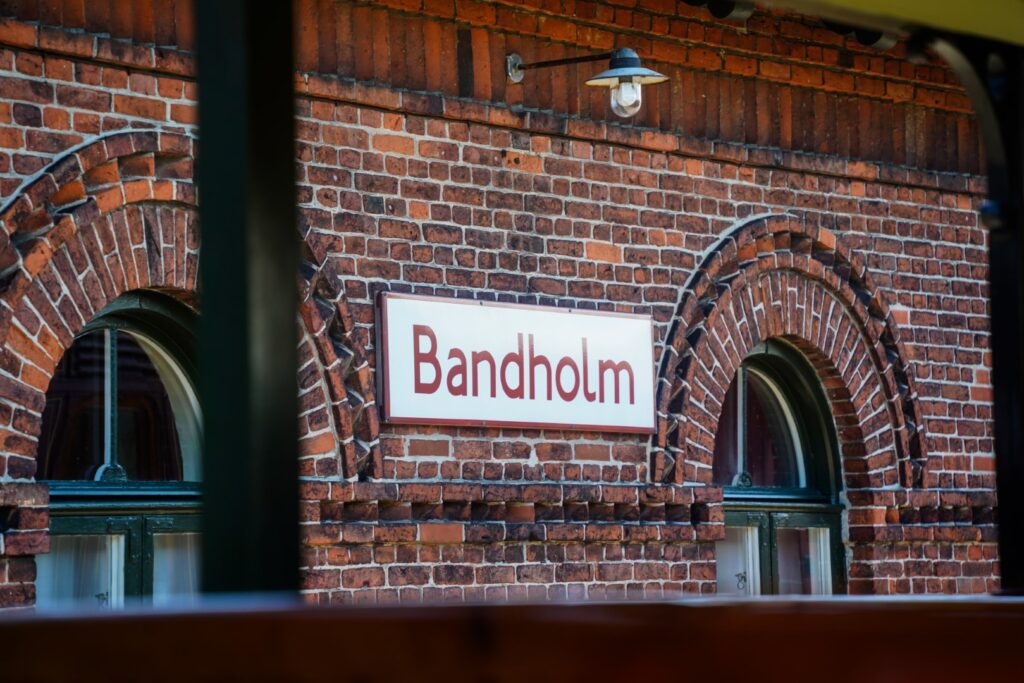
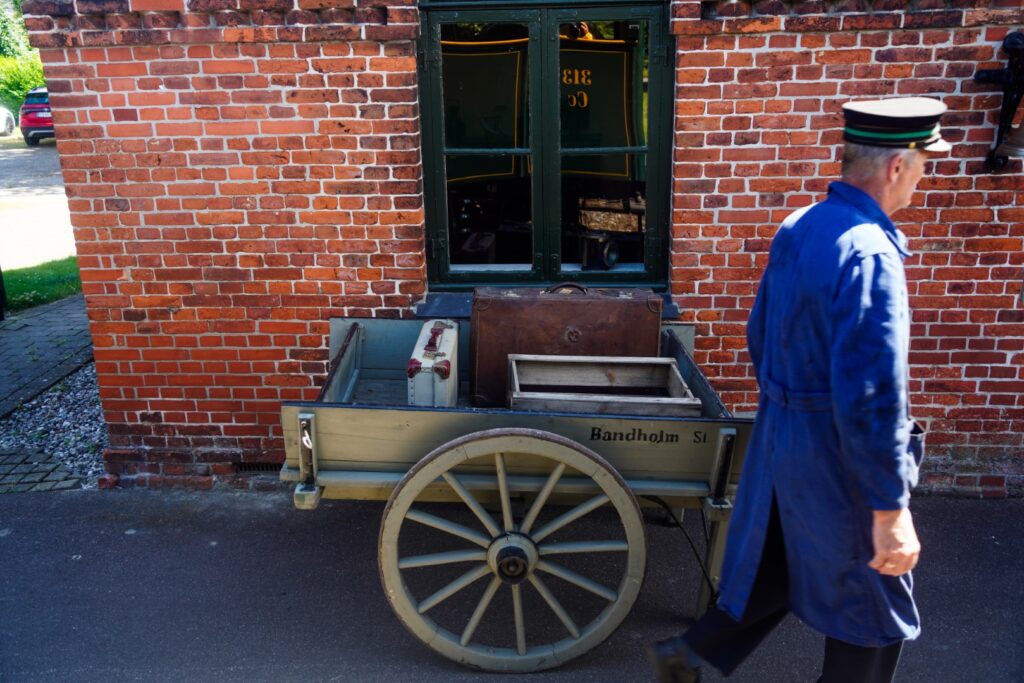

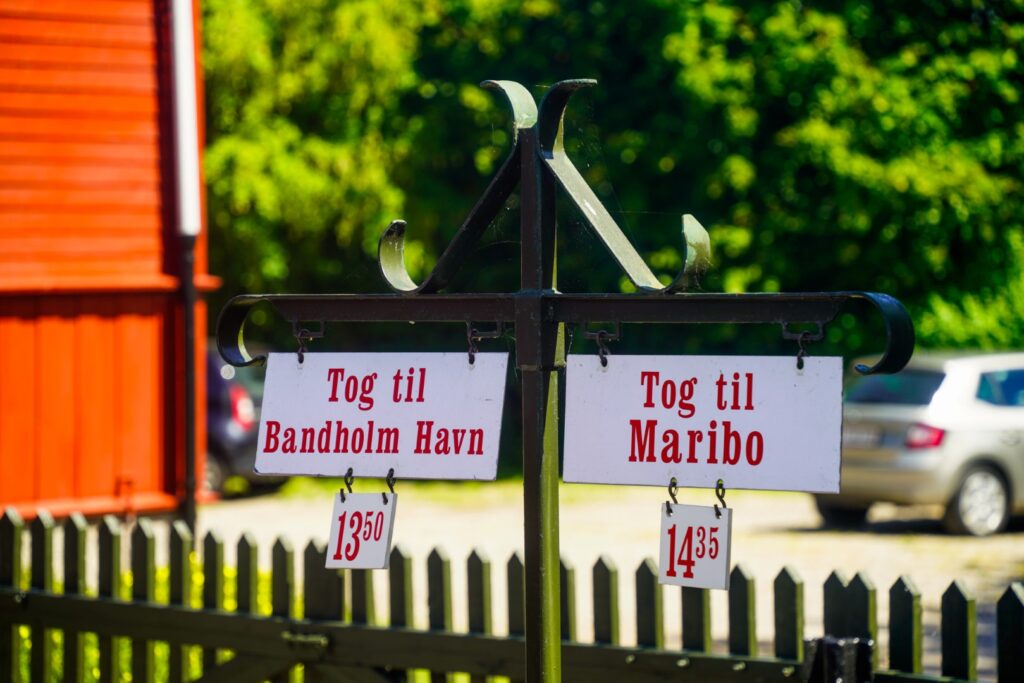
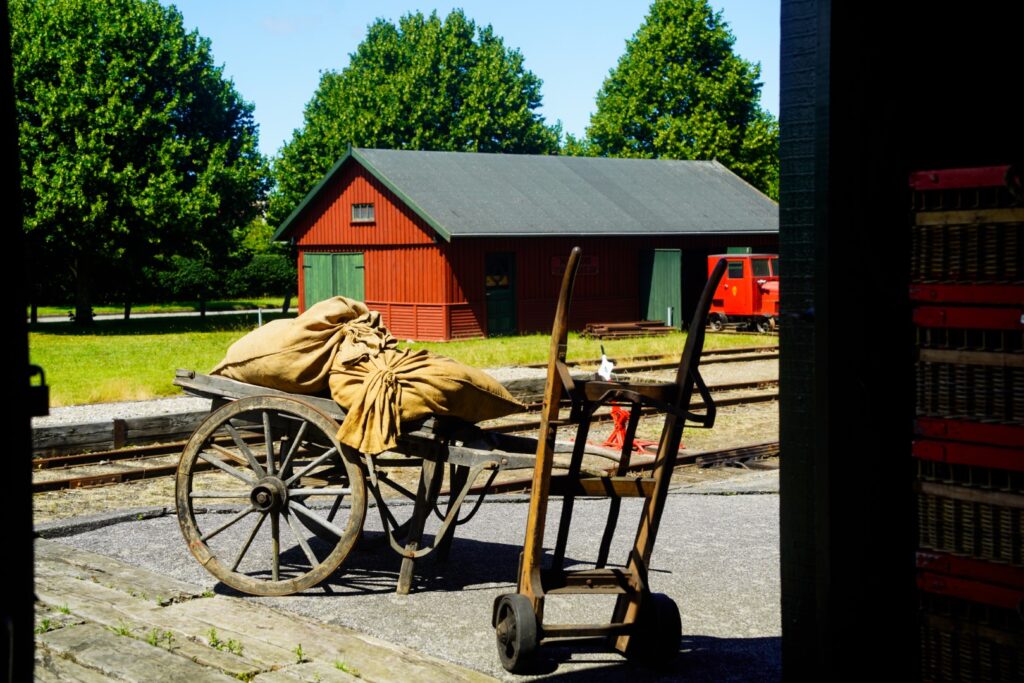
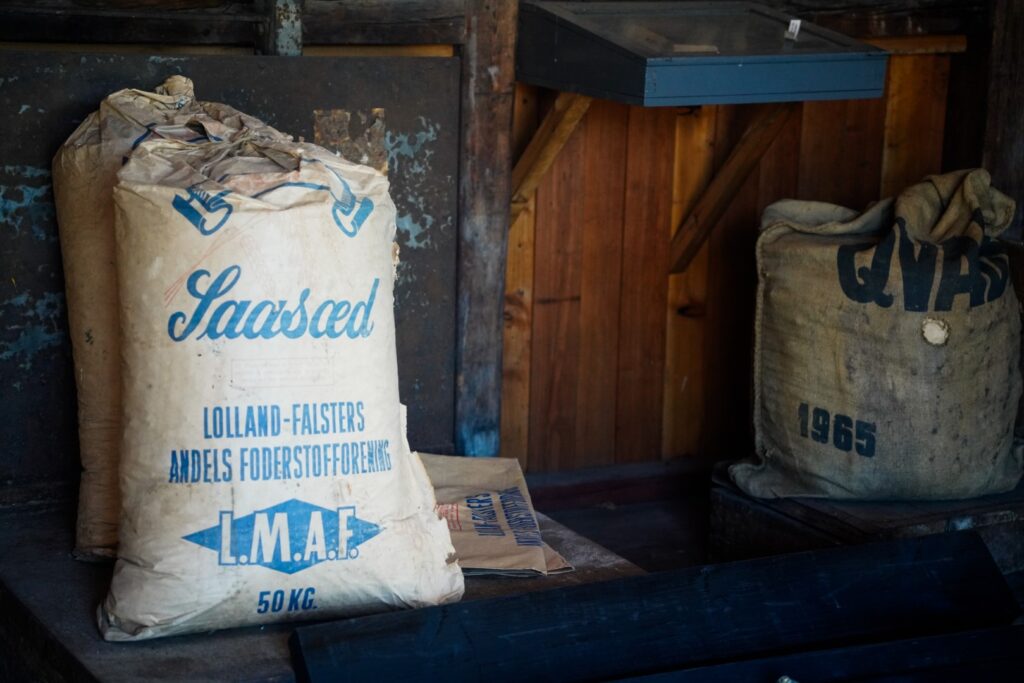
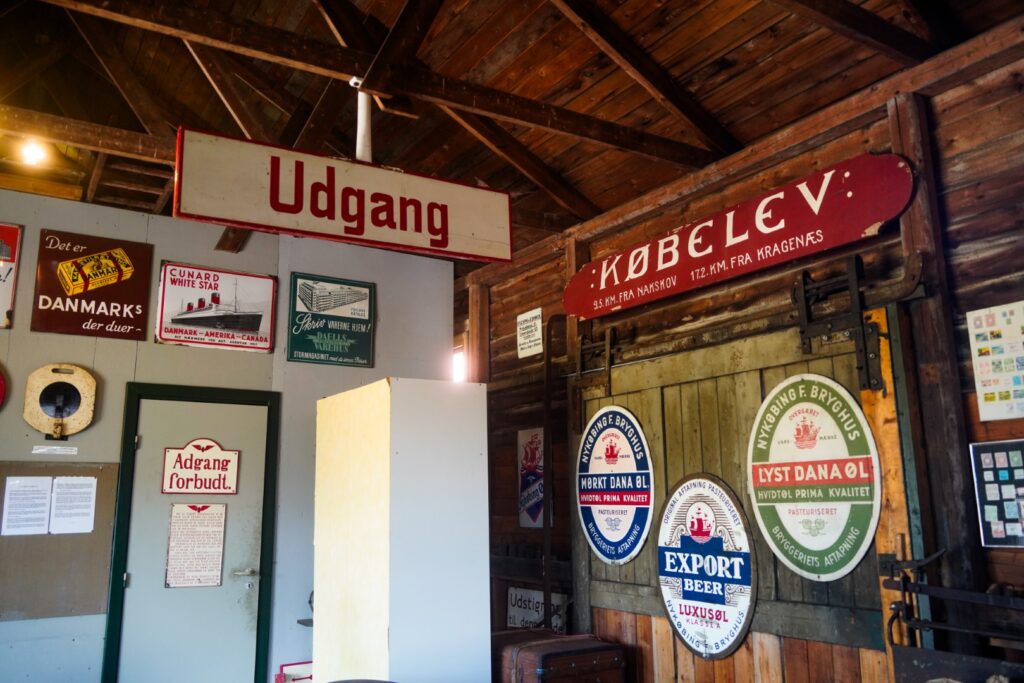
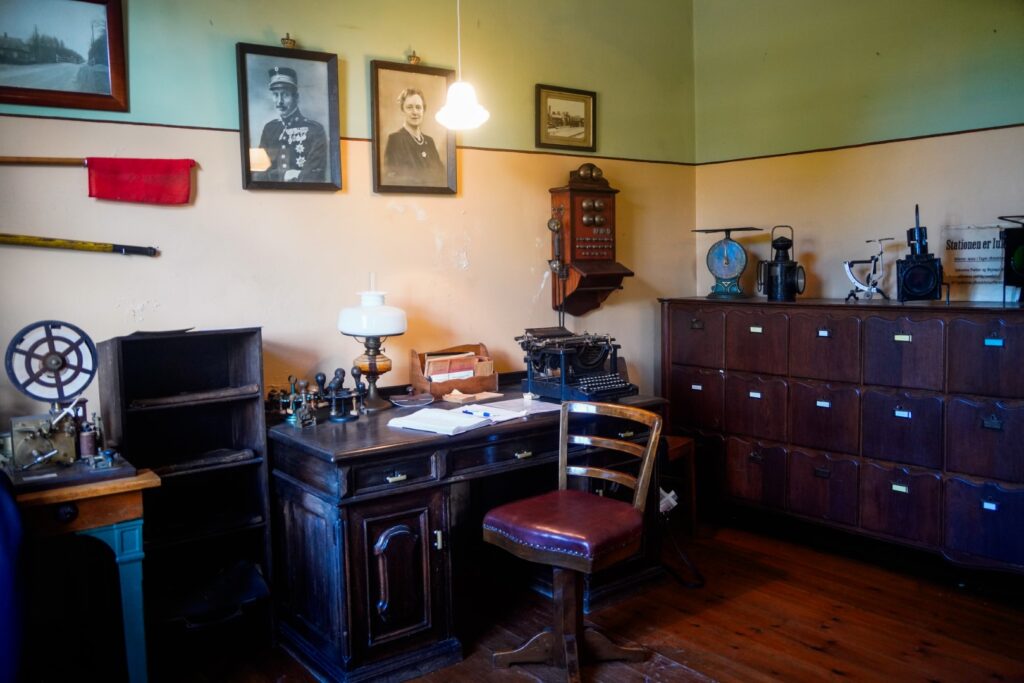
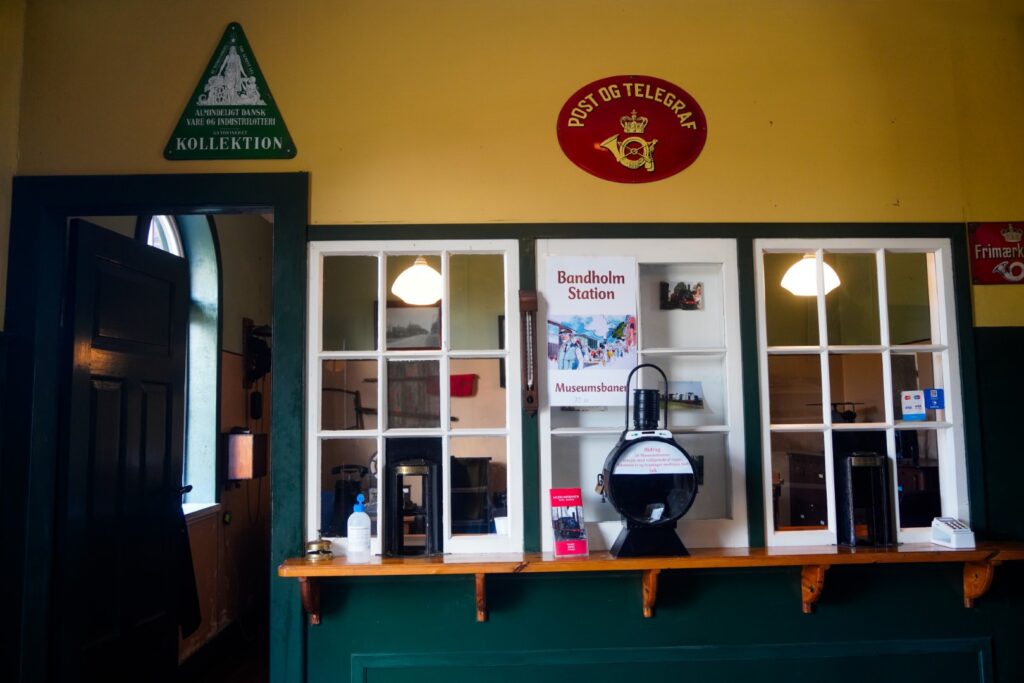
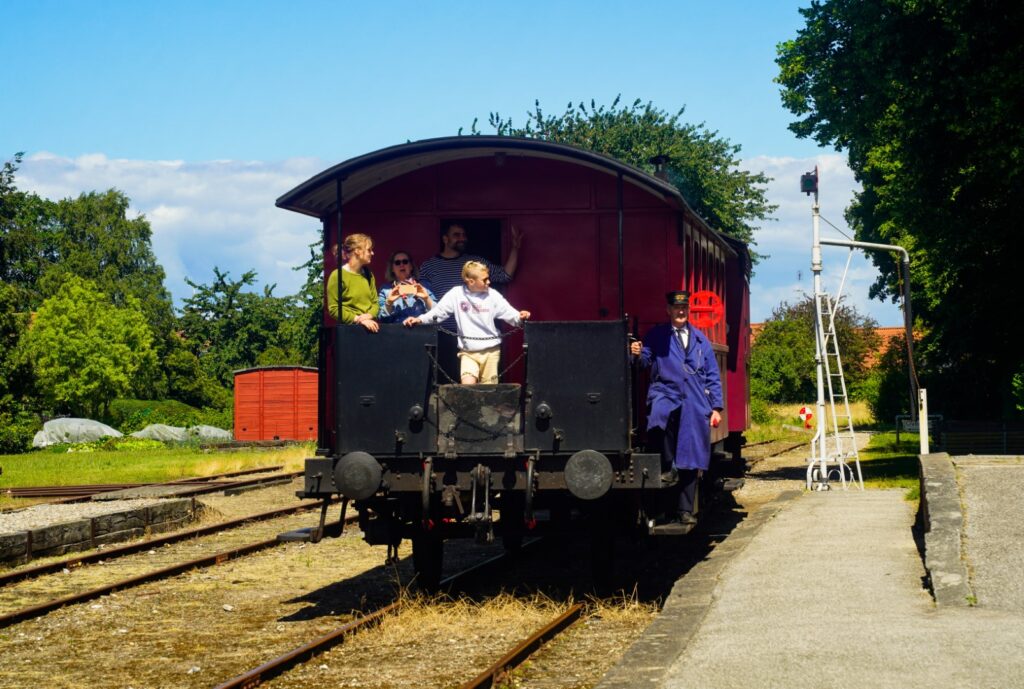
When the other passengers arrived, I took off to explore Bandholm a little and discovered a cozy café and crafts shop, Café Hveden, set in the old Hvedemagasinet (‘the wheat storehouse’). It was built in 1850 and remains as one of the last memories from Bandholm’s heyday.
I got back to the station with a few minutes to spare, and found my seat in the open carriage. Then I sat back and enjoyed the slow ride back to Maribo, back through fields and forests, and past secluded farms.
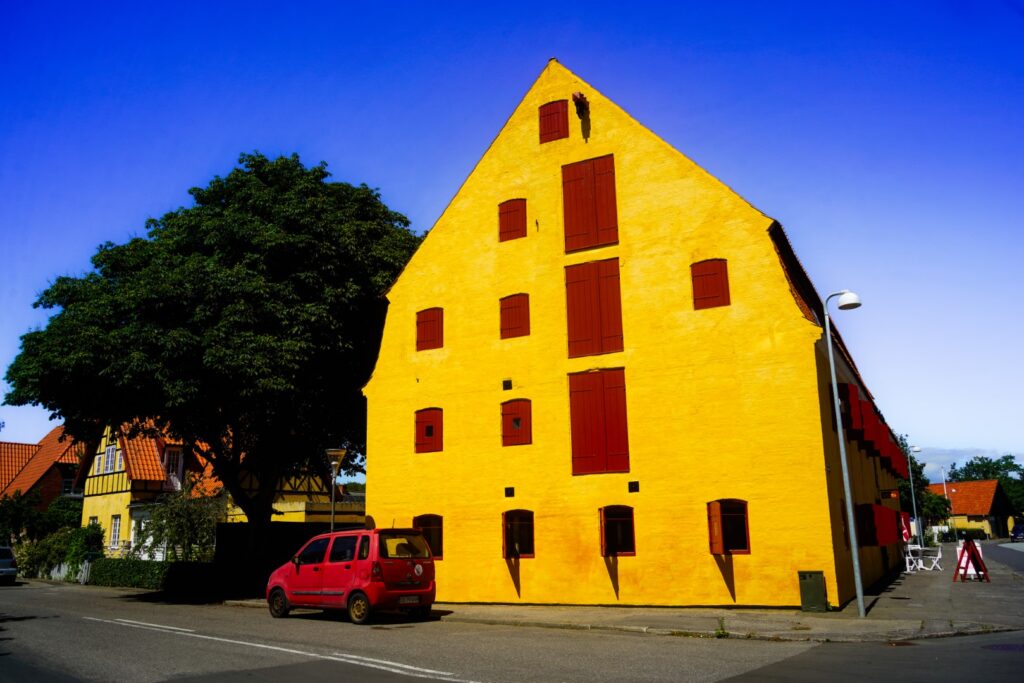
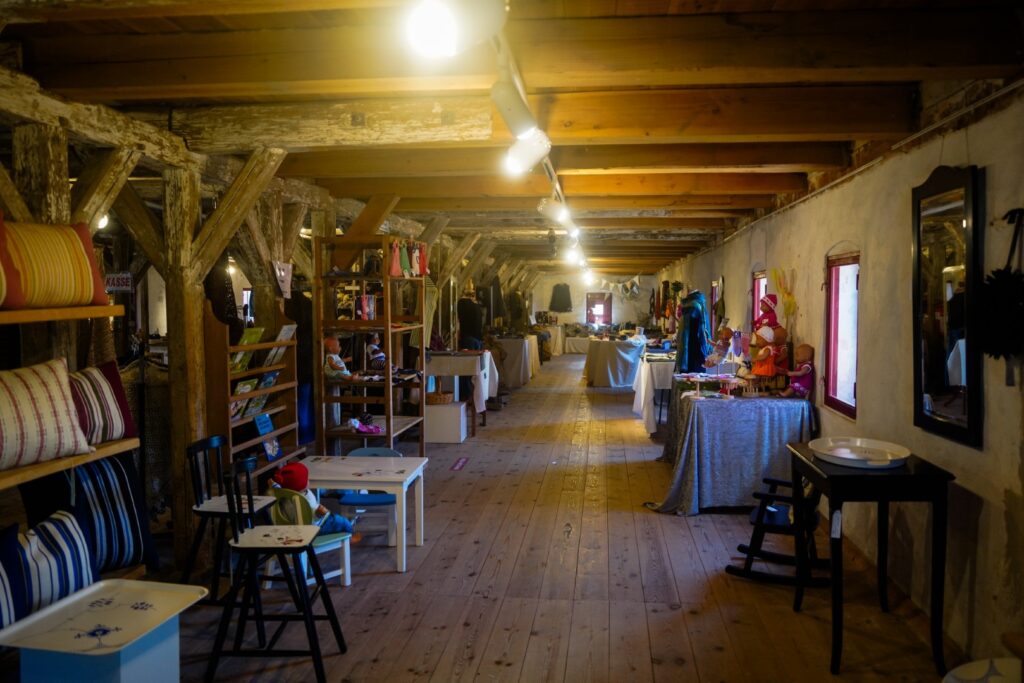
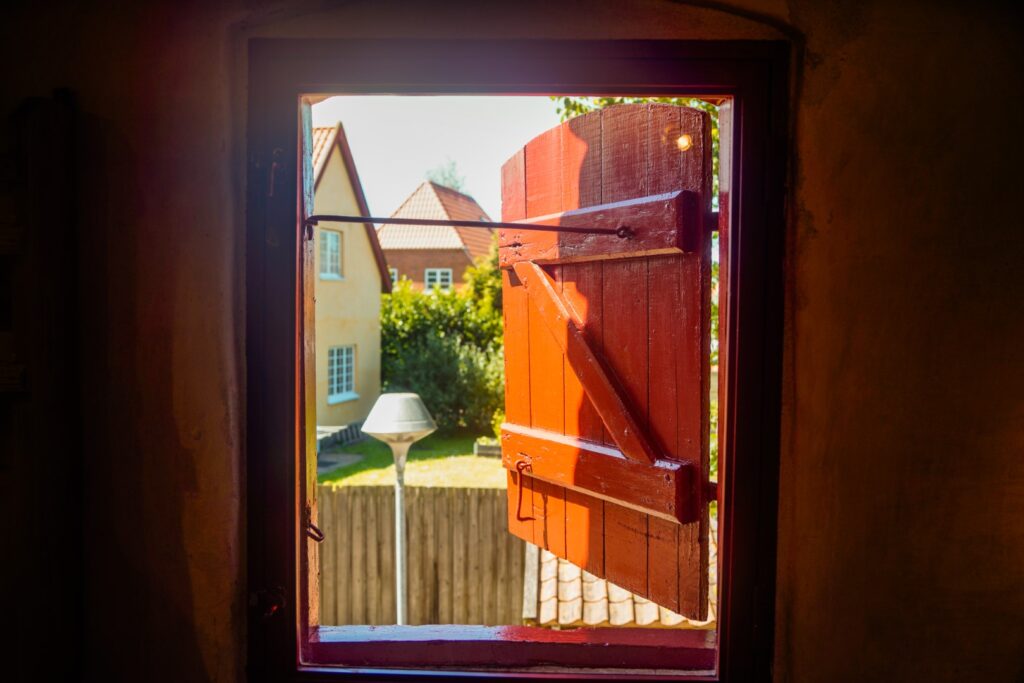

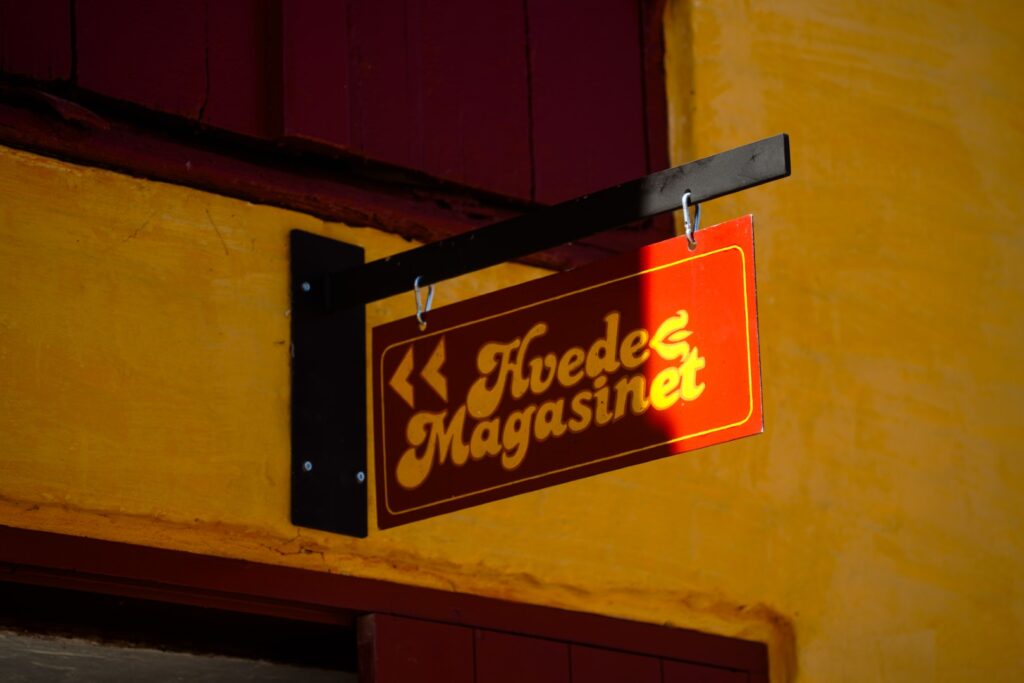
Fancy a ride on Lolland’s old steam train?
The train leaves from the train station in Maribo at platform 2 (the same platform as the train to Nykøbing Falster) on Wednesdays, Thursdays and Sundays during the summer. Tickets cost 100 DKK for adults and 50 DKK for children under 11 and can be bought when boarding the train. No need to book in advance. You can find more information here!
Riding the old steam train is a great activity for children, but I can also recommend it for any other age group. I was alone and I enjoyed it immensely!
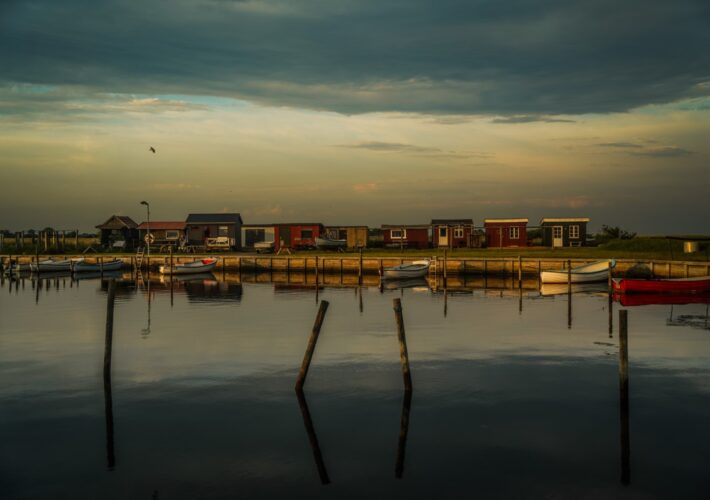


Leave a Comment